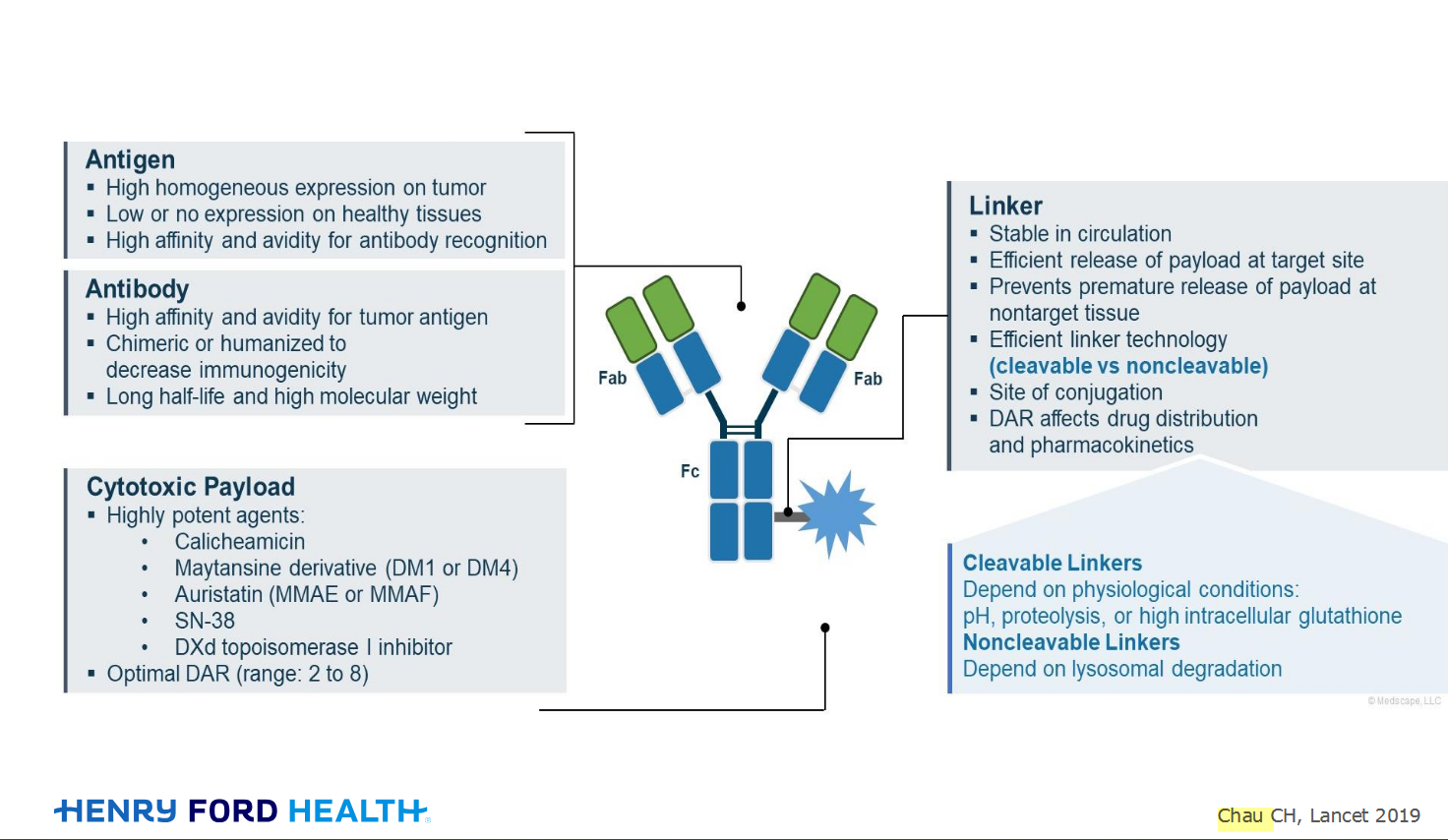Welcome!
Welcome to the new CancerGRACE.org! Explore our fresh look and improved features—take a quick tour to see what’s new.
One important class of drugs that is facing constant change and is given with many traditional cancer treatments are granulocyte colony stimulating factors (G-CSF). G-CSFs stimulate the bone marrow to produce white blood cells; which reduces the risk of infection and speeds up the recovery from neutropenia after intensive chemotherapy regimens. Neutropenia is a condition where there are diminished numbers of neutrophils (a type of white blood cell that aids in your bodies immunity in fighting against infection) in the blood.
G-CSFs can either be given in the hospital setting or can be given as self-administered/injected home medication. There are two main categories these agents can be divided into; long acting and short acting. For example, Neulasta (pegfilgastrim) is generally given after chemotherapy to stimulate the growth of new and healthy white blood cells with a 14-day interval between injections (either given in the provider’s office or in the infusion center). Neupogen (filgastrim) on the other hand, can be given daily (either self-injected, in the provider’s office, or in the infusion center). It is important for patients to be aware of these nuances as some insurance companies require these medications to be sent from a mail order pharmacy if they cannot be picked up from a specialty pharmacy.
Most recently a number of biosimilars (a biologic product that is almost an identical copy of the original drug that is manufactured by a different company) have been gaining FDA approval and gaining popularity within insurance formularies. For example, some insurance companies are requiring that biosimilars of Neulasta, which include Udenyca and Fulphila, to be tried and failed first prior to using Neulasta. For Neupogen, these options could include Zarxio and Nivestym. A drug that is also comparable to Neupogen and is often prescribed in the same way is Granix.
This whole process can become really complicated as each insurance company will have their own formulary option. It is therefore important to understand the differences, albeit slight, that could impact the cost of your care.
Many insurance companies follow step therapy requirements or have formulary requirements when it comes to this class of drugs.
A formulary is generally a preferred list of particular medications that are approved to be prescribed at a particular hospital, in a particular health system, or under a particular health insurance policy. The health plan formulary is usually created to recommend the most cost-effective medication option for the health condition in question. The health plan may also have a formulary tier, the lowest tier (usually Tier 1) having the lowest cost-sharing option, and the highest tier (usually Tier 4 or 5) having the highest cost sharing option.
Step therapy requirements is the process in which your health plan requires a certain medication is used first prior to using another, usually more costly option, for the health condition.
Health insurance plans will all have different formularies and copays and coinsurances, all of which will be provided to you after you enroll or as soon as your benefits start. It’s also important to speak with your provider if you have concerns related to cost and see if there are cheaper alternatives. Lastly, if your provider’s office has a Patient Financial Advocate (PFAs) please reach out to them to help identify insurance requirements as they may already be aware of these nuances. A PFA can also help you find copay assistance and drug assistance options, either through the manufacturer or third-party foundations, should your insurance not provide adequate coverage.
*Please note: The below links are information only and GRACE has no financial relationship with these organizations.
Helpful Resources:
https://udenyca.com/coherus-complete/
https://www.zarxio.com/patient/
*Please note that this information is not affiliated with Swedish Cancer Institute
Please feel free to offer comments and raise questions in our
discussion forums.
A Brief Tornado. I love the analogy Dr. Antonoff gave us to describe her presentation. I felt it earlier too and am looking forward to going back for deeper dive.
Dr. Singhi's reprise on appropriate treatment, "Right patient, right time, right team".
While Dr. Ryckman described radiation oncology as "the perfect blend of nerd skills and empathy".
I hope any...
My understanding of ADCs is very basic. I plan to study Dr. Rous’ discussion to broaden that understanding.

Here's the webinar on YouTube. It begins with the agenda. Note the link is a playlist, which will be populated with shorts from the webinar on specific topics
An antibody–drug conjugate (ADC) works a bit like a Trojan horse. It has three main components:
Bispecifics, or bispecific antibodies, are advanced immunotherapy drugs engineered to have two binding sites, allowing them to latch onto two different targets simultaneously, like a cancer cell and a T-cell, effectively...

Welcome to the new CancerGRACE.org! Explore our fresh look and improved features—take a quick tour to see what’s new.
Hi app.92, Welcome to Grace. I'm sorry this is late getting to you. And more sorry your mum is going through this. It's possible this isn't a pancoast tumor even though...